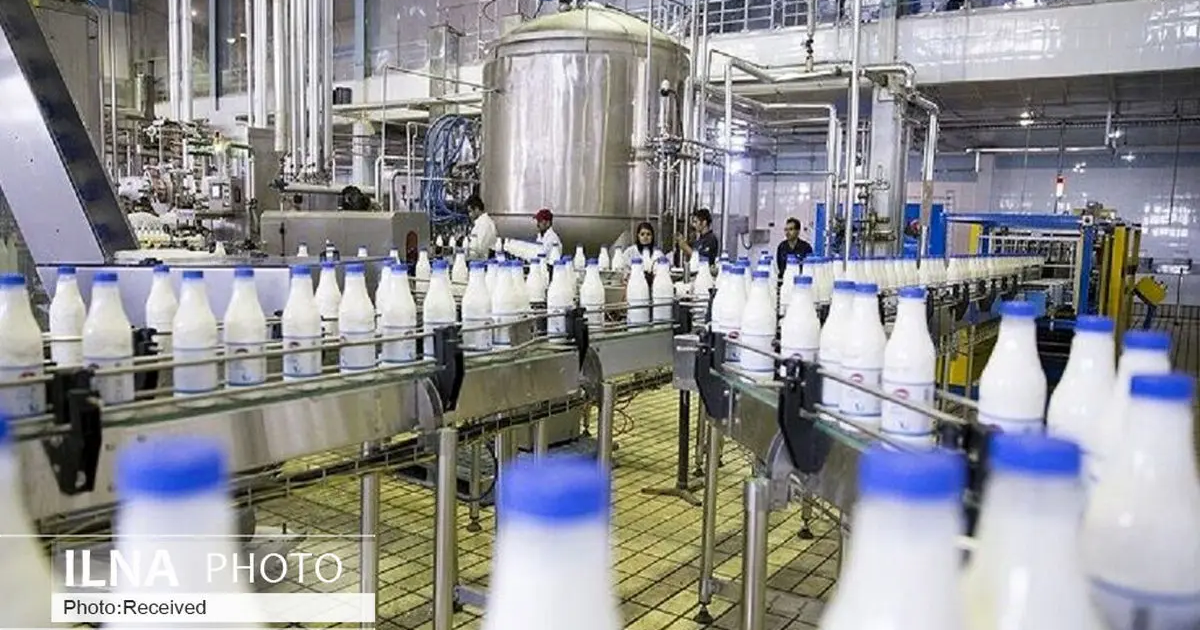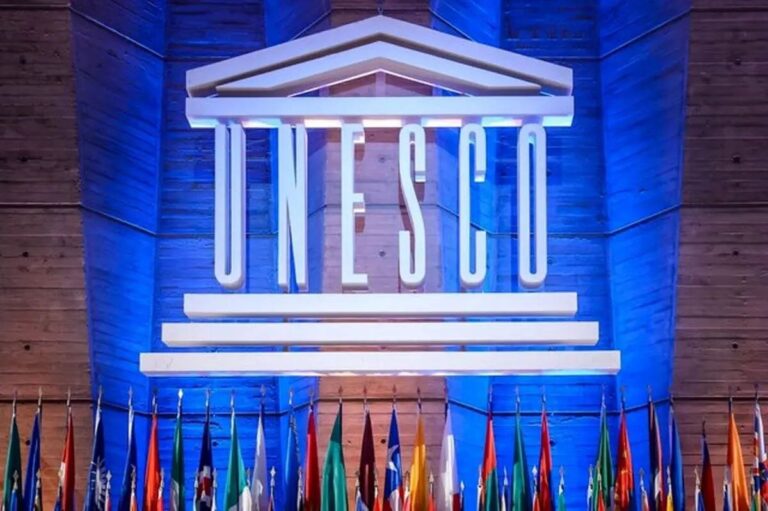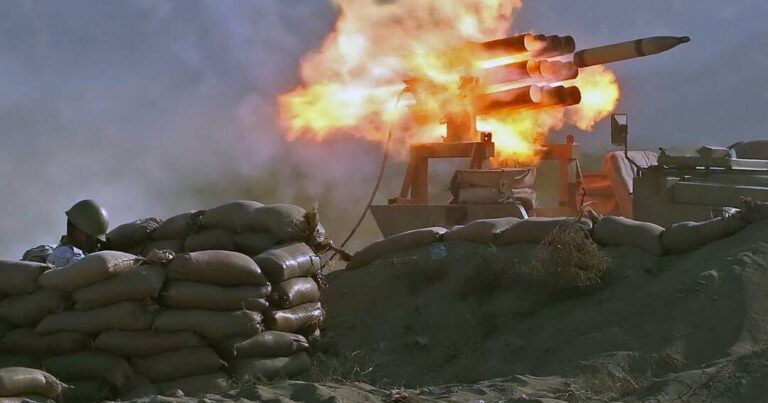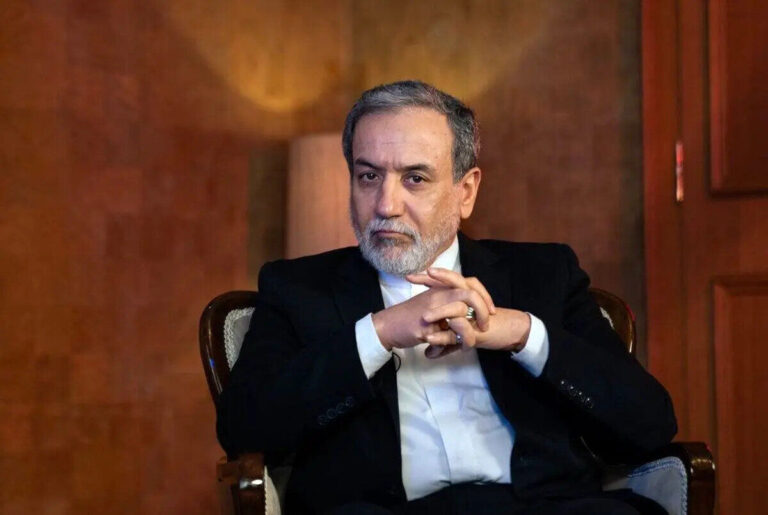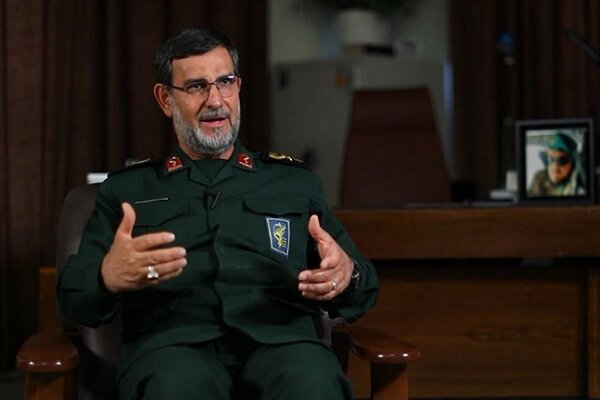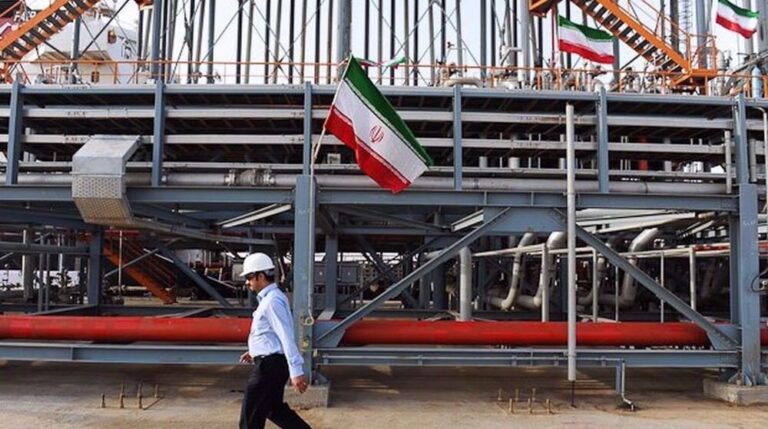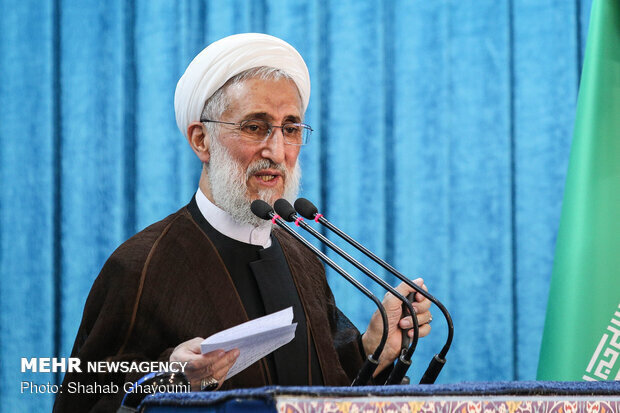Iran’s Food Prices Surge Over 70% Amid Rising Costs: A Deep Dive into the Food Industry Crisis
Food prices in Iran have seen a staggering increase of over 70% during the last Iranian calendar year, which ended on March 20. This surge, attributed to rising costs in packaging and transportation, has significantly impacted the daily lives of Iranians. Ahmadreza Bakhshi, a member of the Food Committee at the Chamber of Guilds, provided insights into the factors contributing to this dramatic inflation in food prices.
Bakhshi highlighted that “packaging costs surged by as much as 200%, while freight charges jumped by 55%.” He continued to explain that the removal of subsidized foreign exchange, combined with overlapping import platforms and the enforcement of Value Added Tax (VAT), has driven up the production costs of food items in Iran.
Iran is grappling with a severe economic crisis that has permeated all sectors. The national currency, the rial, has plummeted to historic lows, with the exchange rate hitting an alarming 1,050,000 rials for one US dollar. As inflation continues to rise, essential goods have become increasingly unaffordable for the average citizen, a situation exacerbated by misgovernance and the effects of Donald Trump’s “maximum pressure” campaign aimed at intensifying sanctions against Iran.
Bakhshi noted the near-daily depreciation of the currency, stating, “Every day, our currency loses value.” This ongoing decline has resulted in higher production costs in the latter half of the year compared to the first half. The timing of these issues coincided with significant cultural events; demand for food items surged during Nowruz and Ramadan, leading to increased pressure on the already strained market.
Over the past five years, the living standards of tens of millions of Iranians have deteriorated as wages have failed to match the soaring inflation rates. Currently, the average worker in Iran earns approximately $120 per month, while official estimates indicate that a family of three requires at least $500 monthly for basic survival needs.
- Soaring Food Prices: Over 70% increase in food prices in the last Iranian calendar year.
- Rising Production Costs: Packaging costs up by 200%, freight charges increased by 55%.
- Currency Depreciation: Rial at a historic low, with 1,050,000 rials to $1.
- Inflation and Survival: Average worker earns $120/month, while $500 is needed for basic survival.
The economic landscape in Iran paints a grim picture as citizens navigate the complexities of rising prices and stagnant wages. The government’s inability to effectively manage the economy has resulted in widespread hardship, with food insecurity becoming a pressing issue for many households.
As the situation continues to evolve, experts and economists are closely monitoring the trends in food prices and overall economic health. The combination of external sanctions and internal mismanagement poses significant challenges for the Iranian populace, who are left to cope with the ramifications of these economic policies.
In conclusion, the urgent need for significant economic reforms and effective governance in Iran has never been more apparent. As inflation continues to erode the purchasing power of ordinary citizens, the demand for sustainable solutions grows. Only time will tell how the Iranian government addresses these pressing issues and whether relief will come to those suffering the consequences of this economic turmoil.
